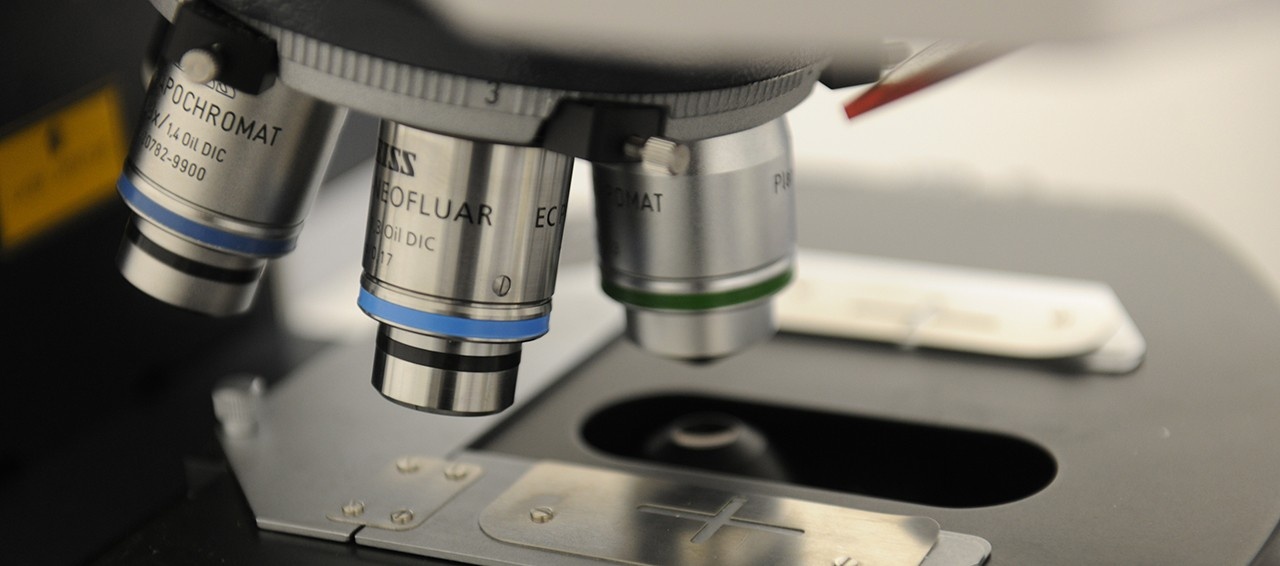Peng Zhang
Professor, Department of Chemistry, School of Biomedical Engineering

Contact
Peng Zhang, PhD
Email: peng.zhang@dal.ca
Phone: 902-494-3323
Fax: 902-494-1310
Web:
Our Group
Our research falls into the rapidly growing field of nanoscience and nanotechnology and centers around the studies of metal nanoparticles (NPs), the fundamental building blocks of nanotechnology. The past two decades have witnessed an explosive growth of research in metal nanoparticles (NPs), which show promising applications in a variety of areas in nanotechnology such as biosensing, nanoelectronics, drug delivery and catalysis.
Projects
| Chemical synthesis of structure-tailored metal nanoparticles (NPs): Metal nanoparticles in three states, i.e., substrate-supported ligand-free NPs (SS-NPs), substrate-supported ligand-capped NPs (SSLC-NPs) and free-standing ligand-capped NPs (LC-NPs), are currently being investigated in our group.The prerequisite for structural control of NPs is to vary the size. The local structure of these NPs is being tailored more systematically at the metal-ligand and metal-metal (multimetallic) interface. The metal-ligand interaction can be controlled by selecting capping ligands with desired functional groups. Moreover, biomolecules such as oligopeptides and proteins will also play an important role in our research towards biotechnological applications. The most interesting and technologically important area in structural control of NPs is to tailor the mixing patterns of metals. Particular interest is placed in control of the mixing pattern of superparamagnetic NPs, e.g., Fe@Au and Co@Pt core-shell NPs in light of their important applications in catalysis and biotechnology. |
| Understanding the atomic/local structure and electronic properties of NPs: Understanding the atomic arrangement of NPs, particularly multicomponent NPs, has been considered as a primary challenge in nanoscience. Element-specificity is a key requirement for selecting efficient research tools to study the local structure and electronic properties of these multicomponent metal NPs. Element-specific X-ray spectroscopy methods such as X-ray photoelectron spectroscopy (XPS), X-ray absorption fine structure (XAFS) and associated methods have been widely considered as ideal tools for such studies of NPs and will used as the major research tools in the our research. The availability of synchrotron facilities will greatly enhance the capabilities of these X-ray techniques due to its ultra-high brightness and the widely tunable photon energies. Our expertise in XPS, XAFS and XAFS simulations, in association with the availability of the recently installed Canadian national synchrotron facility, Canadian Light Source (CLS), is particularly advantageous in systematically understanding the structure and electronic properties of the multicomponent NPs proposed in the research.听Moreover, some laboratory-based element-specific and surface-sensitive techniques will be used to promptly study the structure and electronic properties of NPs. The recently funded surface photovoltaic spectrometer (NSERC RTI) will provide valuable information about the surface properties of metal NPs with varied capping ligands. XPS from the Institute for Research in Materials (IRM) at Dalhousie University will be used to conveniently collect X-ray data prior to synchrotron XPS experiments. |
| Applications in catalysis: The synthesis and X-ray studies of NPs with tailored structures will be a solid basis for selecting highly efficient nano-catalysts. One important application of these atomic-structure-tailored nanoparticles is in catalysis (e.g., fuel-cell catalysts). We are particularly interested in the studies of Fe, Co or Ni-based core-shell nanoparticle catalysts that exhibit advantages such as tunable reactivity, low cost and easy magnetic separation. |
| Biomedical and biotechnological applications: Our research in this area is being conducted in collaboration with a few biochemical/biomedical scientists. The first project is being conducted in collaboration with Dr. Michael Dunbar (clinic orthopedist in Halifax Infirmary Hospital) on the orthopedic applications of Au NPs as a chemical linker and nano-template to immobilize functional proteins, which will enhance the growth of bone cells onto the implants.听 |
听
Selected Publications
| DM Chevrier, VD Thanthirige, Z Luo, S Driscoll, P Cho, M MacDonald, Q. Yao, G. Ramakrishna, J. Xie, E. Johnson, A. Chatt, N. Zheng, P. Zhang, 鈥淪tructure and formation of highly luminescent protein-stabilized gold clusters鈥�, Chem. Sci. 2018, 9, 2782 |
| JT Petty, M Ganguly, IJ Rankine, DM Chevrier, P Zhang, "A DNA-Encapsulated and Fluorescent Ag10 Cluster with a Distinct Metal-Like Core", J. Phys. Chem. C., 2017, 121, 14936 |
| M. Khouzani, D. M. Cheverier, P. Zhang, N. Hedin, D. Gebauer, 鈥淲ater is key to proto-aragonite amorphous CaCO3鈥�, Angew. Chem.听Int. Ed. 2016, 55,8117 |
| J.T. Petty, O. O. Sergev,听 M. Ganguly, I. J. Rankine, D. M. Chevrier and P. Zhang, 鈥淪egregated, Partially Oxidized, and Compact Ag10 Cluster within an Encapsulating DNA Host鈥�, J. Am. Chem. Soc., 2016, 138, 3469 |
| J. D. Padmos, R. T.M. Boudreau, D. F. Weaver, and P. Zhang, The Impact of Protecting Ligands on the Surface Structure and Antibacterial Activity of Silver Nanoparticles, Langmuir 听2015, 31, 3745 |
| J. D. Padmos, M. Langman, K. MacDonald, P. Comeau,听 Z. Yang, M. Filiaggi, P. Zhang, Correlating the Atomic Structure of Bimetallic Silver-gold Nanoparticles to Their Antibacterial and Cytotoxic Activities, J. Phys. Chem. C.听2015, 119, 7472 |
| J. D. Padmos, M. Personick, Q. Tang, P. N. Duchesne, D. Jiang, C. Mirkin, P. Zhang, 鈥淭he Surface Structure of Silver-coated Gold Nanocrystals and Its Influence on Shape Control鈥�, Nature Communications, 2015, 6, 7664 |
